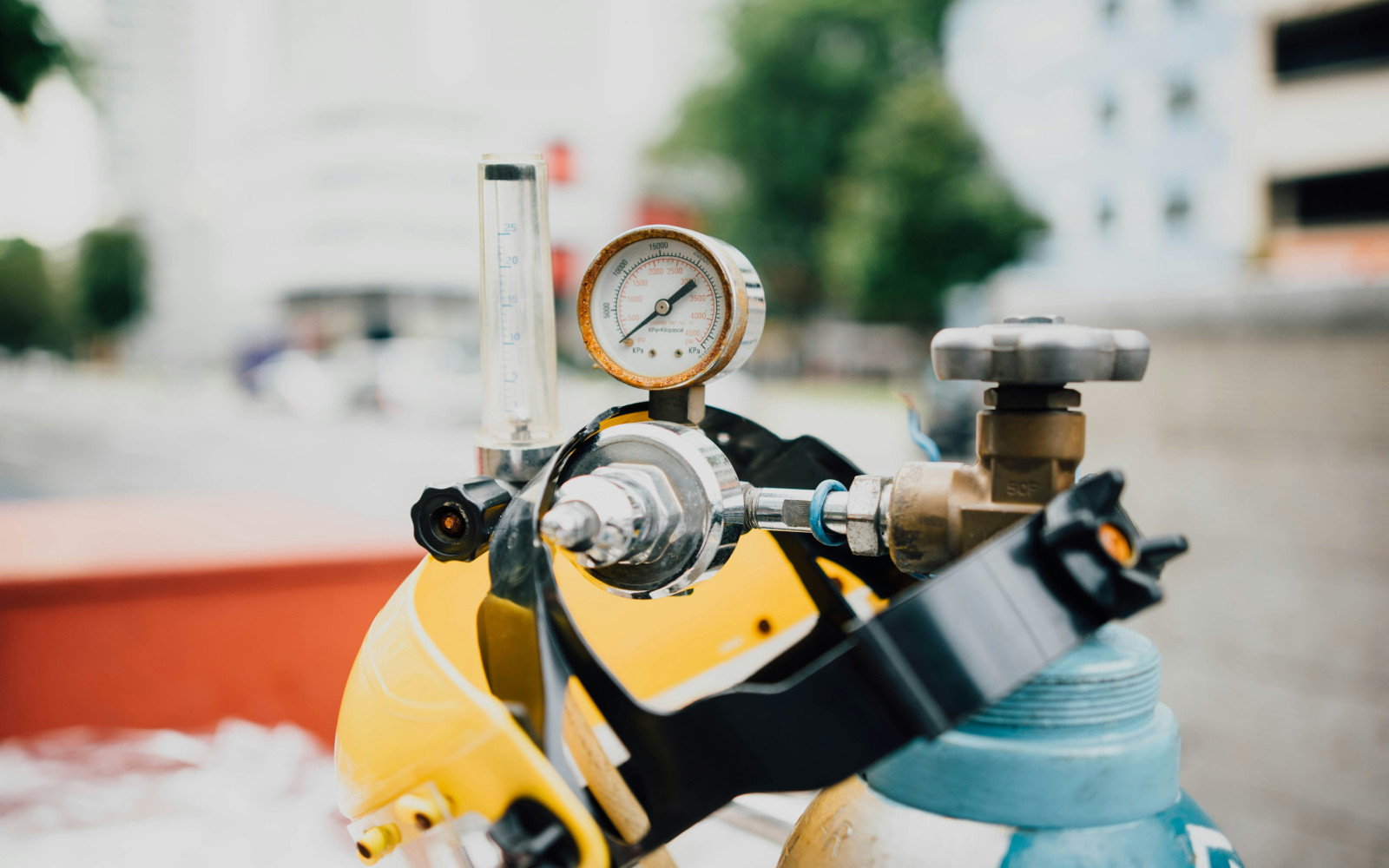In industrial environments where hazardous gases are present, ensuring the functionality of gas detectors is paramount for safety. One of the most effective ways to verify that these devices are operating correctly is through bump testing. This article delves into the essential aspects of bump testing, including its definition, purpose, and best practices. We will also explore common pitfalls and offer expert tips to enhance your understanding and application of this critical safety procedure.
What is Bump Testing?
Bump testing is a qualitative functional check that exposes the gas detector’s sensors to a known concentration of the target gas. This process ensures that the sensors respond correctly, the display reads the proper gas levels, and all alarm indicators activate as expected. Unlike calibration, which verifies accuracy, bump testing simply confirms that the device can detect the presence of gas and trigger alarms.
Why is Bump Testing Important?
Bump testing is crucial because it verifies the operational readiness of gas detectors. It checks that the entire system, including the sensors and alarms, is functioning correctly. This is especially important in environments where gas exposure can be life-threatening. Regular bump testing helps to identify issues such as sensor blockages or malfunctions that might not be apparent through visual inspection alone. Moreover, it aligns with safety regulations and standards, such as the ATEX directive, which mandates functional checks before each day of use for portable apparatus sensing flammable gases.
How to Conduct a Bump Test
- Preparation: Ensure you have a cylinder of the appropriate test gas, a flow regulator, tubing, and a flow adapter for the gas detector.
- Setup: Attach the flow adapter to the gas detector and connect the tubing from the gas cylinder to the flow adapter. If required, attach an exhaust tube to the flow adapter outlet.
- Execution: Release the gas at a specified flow rate (typically around 0.5 L/min) and observe the gas detector’s response. The device should trigger alarms and display gas readings within a specified range, usually within 10% of the test gas concentration, within 30-40 seconds.
- Safety Precautions: Handle the test gas with care, as it may be toxic or hazardous. Ensure adequate ventilation and follow all safety protocols.
Common Pitfalls and Best Practices
- Ignoring Manufacturer Instructions: Always follow the manufacturer’s instructions for bump testing frequency and procedures. The type of gas detector and the environment in which it is used can influence how often and how thoroughly tests should be conducted.
- Inconsistent Testing: Perform bump tests consistently to ensure ongoing device reliability. Even if a detector has not been used, regular testing can prevent undetected failures.
- Record-Keeping: Maintain detailed records of all bump tests and calibrations. This documentation is vital for regulatory compliance and can provide valuable insights into device performance over time.
Lesser-Known Insights and Expert Tips
- Automated Bump Testing: Some modern gas detectors come with automated bump test systems. These systems streamline the process by automatically applying gas and recording the results, making the procedure faster and more reliable.
- Environmental Factors: Environmental conditions can affect gas detector performance. Factors such as temperature, humidity, and the presence of other gases can impact sensor readings. Consider these elements when conducting tests and interpreting results.
- Technological Advancements: Newer gas detectors feature digital tracking and remote monitoring capabilities. These technologies enable real-time tracking of bump tests and calibrations, offering enhanced data management and compliance monitoring.
Conclusion
Bump testing is an essential practice for maintaining the safety and functionality of gas detection equipment. By understanding its purpose, executing it correctly, and adhering to best practices, safety professionals can ensure the protection of personnel and facilities. Regular bump testing not only complies with safety standards but also provides peace of mind in hazardous environments.
For those looking to enhance their gas detection systems, consider exploring the Accusafe or GasD 8000 by Interscan. These advanced systems offer reliable performance and cutting-edge features to meet your safety needs. Request a quote today to learn more about how Interscan can support your safety initiatives.


